Home>Furniture & Design>Bathroom Accessories>Why Do I Like Chewing On My Toothbrush
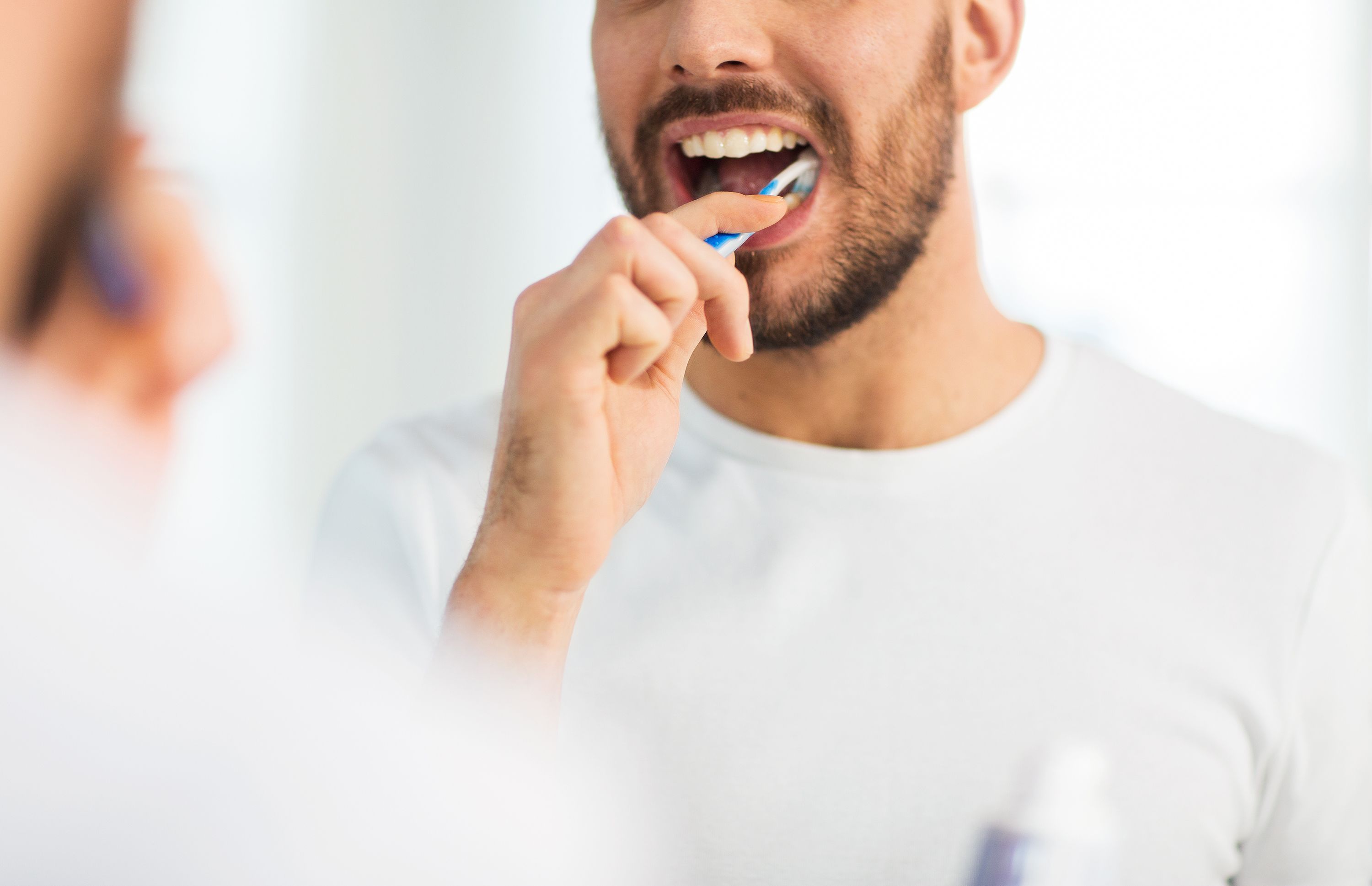

Bathroom Accessories
Why Do I Like Chewing On My Toothbrush
Published: February 11, 2024
Discover the reasons behind the habit of chewing on your toothbrush and how it relates to your choice of bathroom accessories. Uncover the psychology behind this common behavior and its impact on oral hygiene.
(Many of the links in this article redirect to a specific reviewed product. Your purchase of these products through affiliate links helps to generate commission for Storables.com, at no extra cost. Learn more)
Introduction
Have you ever found yourself absentmindedly chewing on your toothbrush while brushing your teeth? It's a common habit that many people engage in without even realizing it. The act of chewing on a toothbrush can be puzzling, but there are various reasons why individuals may find this behavior oddly satisfying. In this article, we'll delve into the intriguing phenomenon of why some people enjoy chewing on their toothbrushes. From the sensory experience to the psychological aspects, we'll explore the possible reasons behind this seemingly peculiar habit. So, let's embark on this journey to uncover the mystery of why chewing on a toothbrush holds a strange allure for some individuals.
Key Takeaways:
- Chewing on a toothbrush can be oddly satisfying due to the pleasant tactile, taste, and smell sensations it provides, along with potential psychological reasons like stress relief and sensory seeking behavior.
- The habit of chewing on a toothbrush may stem from a desire for oral stimulation, including the tactile, proprioceptive, gustatory, and olfactory experiences it offers, contributing to a holistic sensory indulgence.
Read more: Why Do I Like Sitting On The Floor
The Sensation of Chewing
The sensation of chewing on a toothbrush can be surprisingly gratifying for many individuals. The act of biting down on the bristles or the handle of the toothbrush can provide a unique tactile experience that some people find oddly satisfying. The texture of the bristles against the teeth and gums, combined with the pressure exerted while chewing, creates a sensory stimulation that can be surprisingly pleasant.
For some, the act of chewing on a toothbrush may offer a sense of relief or comfort. The rhythmic motion of biting and releasing can be soothing, akin to the act of chewing gum or a pen. This repetitive action may help alleviate stress or provide a momentary distraction from the demands of the day. Additionally, the mild pressure exerted while chewing may create a massage-like sensation on the gums, which could contribute to the pleasurable experience.
Furthermore, the taste and smell of the toothpaste lingering on the bristles can add an extra dimension to the sensory experience. The minty or fruity flavors of the toothpaste, combined with the fresh scent, can enhance the overall sensation of chewing on the toothbrush. This sensory amalgamation may evoke a sense of cleanliness and freshness, further reinforcing the appeal of this habit for some individuals.
It's important to note that the sensation of chewing on a toothbrush can vary from person to person. Some individuals may find the experience mildly enjoyable, while others may not derive any pleasure from it at all. Nevertheless, the sensory aspect of this behavior remains a significant factor in understanding why some people are drawn to chewing on their toothbrushes.
In essence, the sensation of chewing on a toothbrush encompasses a unique blend of tactile, olfactory, and gustatory stimuli that can evoke a surprisingly pleasant experience for those who engage in this habit. The interplay of texture, taste, and scent contributes to the allure of this behavior, offering a sensory indulgence that some individuals find inexplicably satisfying.
Psychological Reasons
The act of chewing on a toothbrush can also be attributed to various psychological reasons that shed light on the underlying motivations behind this behavior. One psychological aspect that may contribute to this habit is the concept of oral fixation. According to psychoanalytic theory, individuals who experience oral fixation may seek gratification through activities that involve the mouth, such as chewing or biting. This fixation is believed to stem from early childhood experiences and can manifest in various behaviors, including nail-biting, thumb-sucking, and yes, even toothbrush chewing. For some individuals, the act of chewing on a toothbrush may serve as a subconscious means of fulfilling this oral fixation, providing a sense of comfort or satisfaction.
Moreover, the act of chewing on a toothbrush may also be linked to stress or anxiety. In times of heightened stress or emotional tension, individuals may exhibit oral behaviors as a coping mechanism. Chewing on a toothbrush can offer a form of oral stimulation that may help alleviate feelings of anxiety or provide a momentary distraction from stressors. The rhythmic motion of chewing can be soothing and may serve as a self-soothing mechanism during times of emotional distress.
Additionally, the act of chewing on a toothbrush may be associated with sensory seeking behavior. Some individuals have a natural inclination towards seeking sensory stimulation, and chewing on a toothbrush can fulfill this sensory craving. The tactile experience of biting down on the bristles or the handle, combined with the taste and smell of the toothpaste, can provide a multisensory experience that appeals to individuals who have a heightened sensitivity to sensory input. This sensory seeking behavior may drive individuals to engage in the habit of chewing on their toothbrushes as a means of satisfying their sensory needs.
Furthermore, the act of chewing on a toothbrush may hold symbolic significance for some individuals. It may serve as a subconscious expression of a need for control or a desire for oral gratification. The act of exerting pressure while chewing on the toothbrush may provide a sense of agency or release, allowing individuals to channel their emotions or desires through this seemingly innocuous behavior.
In essence, the psychological reasons behind the habit of chewing on a toothbrush encompass a complex interplay of subconscious motivations, emotional responses, and sensory seeking behavior. From fulfilling oral fixation to serving as a coping mechanism for stress, the psychological underpinnings of this behavior offer intriguing insights into the multifaceted nature of human behavior.
Chewing on your toothbrush can damage the bristles and make it less effective at cleaning your teeth. Instead, try chewing sugar-free gum to satisfy the urge to chew.
Oral Stimulation
The concept of oral stimulation plays a pivotal role in understanding the allure of chewing on a toothbrush. Oral stimulation refers to the sensory input and tactile experiences that individuals seek through activities involving the mouth and oral cavity. The act of chewing on a toothbrush provides a unique form of oral stimulation that can be surprisingly gratifying for some individuals.
One aspect of oral stimulation that contributes to the appeal of toothbrush chewing is the tactile experience it offers. The sensation of biting down on the bristles or the handle of the toothbrush can engage the sensory receptors in the mouth, providing a distinct tactile experience. The texture of the bristles against the teeth and gums, combined with the pressure exerted while chewing, creates a sensory stimulation that some individuals find oddly satisfying. This tactile engagement can evoke a sense of comfort and pleasure, akin to the satisfaction derived from tactile sensory activities.
Moreover, the act of chewing on a toothbrush can also provide a form of proprioceptive input, which refers to the body's awareness of its position and movement. The pressure exerted while biting and chewing on the toothbrush can stimulate the proprioceptive receptors in the jaw and oral muscles, offering a unique sensory experience. This proprioceptive input may contribute to the overall sensory appeal of toothbrush chewing, as it provides a sense of physical engagement and awareness within the oral cavity.
Furthermore, the taste and smell of the toothpaste lingering on the bristles can add an extra dimension to the oral stimulation experienced while chewing on a toothbrush. The minty or fruity flavors of the toothpaste, combined with the fresh scent, can enhance the overall sensory experience. The gustatory and olfactory elements of oral stimulation contribute to the multisensory appeal of toothbrush chewing, creating a holistic sensory indulgence that some individuals find surprisingly enjoyable.
In essence, the concept of oral stimulation encompasses a rich tapestry of tactile, proprioceptive, gustatory, and olfactory experiences that converge in the act of chewing on a toothbrush. The interplay of sensory input within the oral cavity contributes to the unique appeal of this behavior, offering a multisensory indulgence that resonates with individuals who find satisfaction in oral stimulation.
Conclusion
In conclusion, the act of chewing on a toothbrush is a multifaceted phenomenon that encompasses sensory, psychological, and oral stimulation aspects. The sensation of biting down on the bristles or the handle of a toothbrush can provide a unique tactile experience that some individuals find oddly satisfying. This sensory engagement, coupled with the taste and smell of toothpaste, contributes to the allure of toothbrush chewing as a form of sensory indulgence.
Psychologically, the habit of chewing on a toothbrush may be linked to oral fixation, stress relief, sensory seeking behavior, and symbolic expressions of emotional needs. Individuals may subconsciously seek comfort or gratification through this oral behavior, driven by a complex interplay of psychological motivations and emotional responses.
Furthermore, the concept of oral stimulation plays a pivotal role in understanding the appeal of toothbrush chewing. The tactile, proprioceptive, gustatory, and olfactory experiences derived from this behavior contribute to a holistic sensory indulgence that resonates with individuals who find satisfaction in oral stimulation.
While the habit of chewing on a toothbrush may seem peculiar to some, it is important to recognize that individual preferences and behaviors are shaped by a myriad of factors, including sensory experiences, psychological inclinations, and personal comfort. Understanding the diverse reasons behind this behavior allows for a more nuanced perspective on the complexities of human habits and preferences.
Ultimately, the allure of chewing on a toothbrush lies in the intricate interplay of sensory gratification, psychological motivations, and oral stimulation. By unraveling the layers of this seemingly peculiar habit, we gain insight into the fascinating intricacies of human behavior and the diverse ways in which individuals seek comfort, satisfaction, and sensory indulgence in their daily lives.
Frequently Asked Questions about Why Do I Like Chewing On My Toothbrush
Was this page helpful?
At Storables.com, we guarantee accurate and reliable information. Our content, validated by Expert Board Contributors, is crafted following stringent Editorial Policies. We're committed to providing you with well-researched, expert-backed insights for all your informational needs.
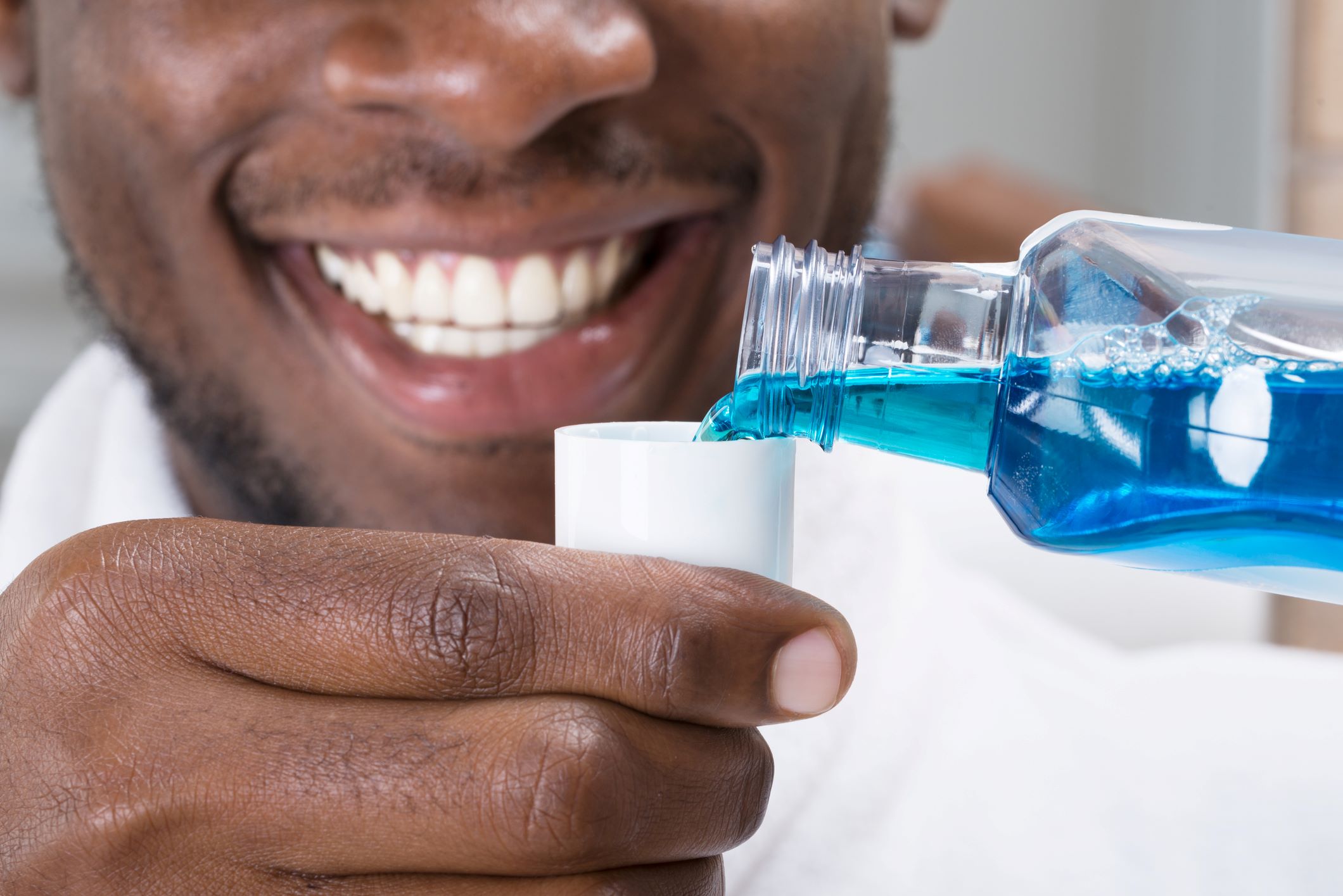
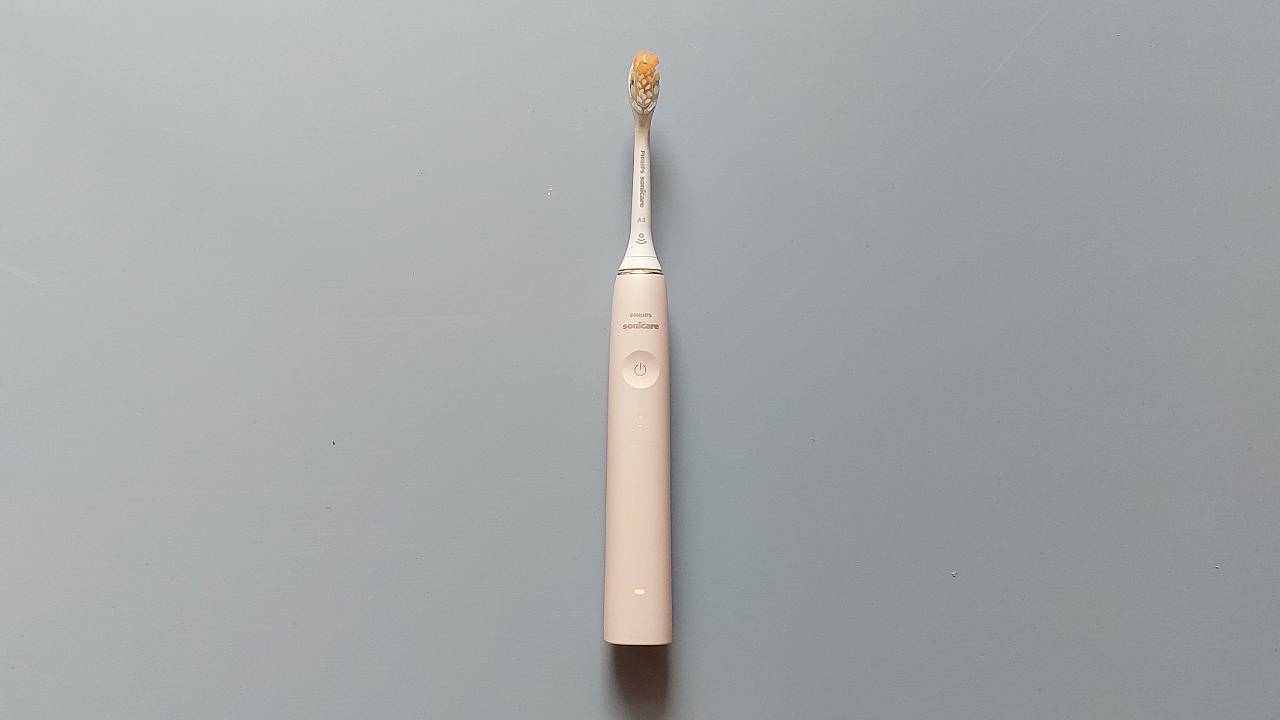
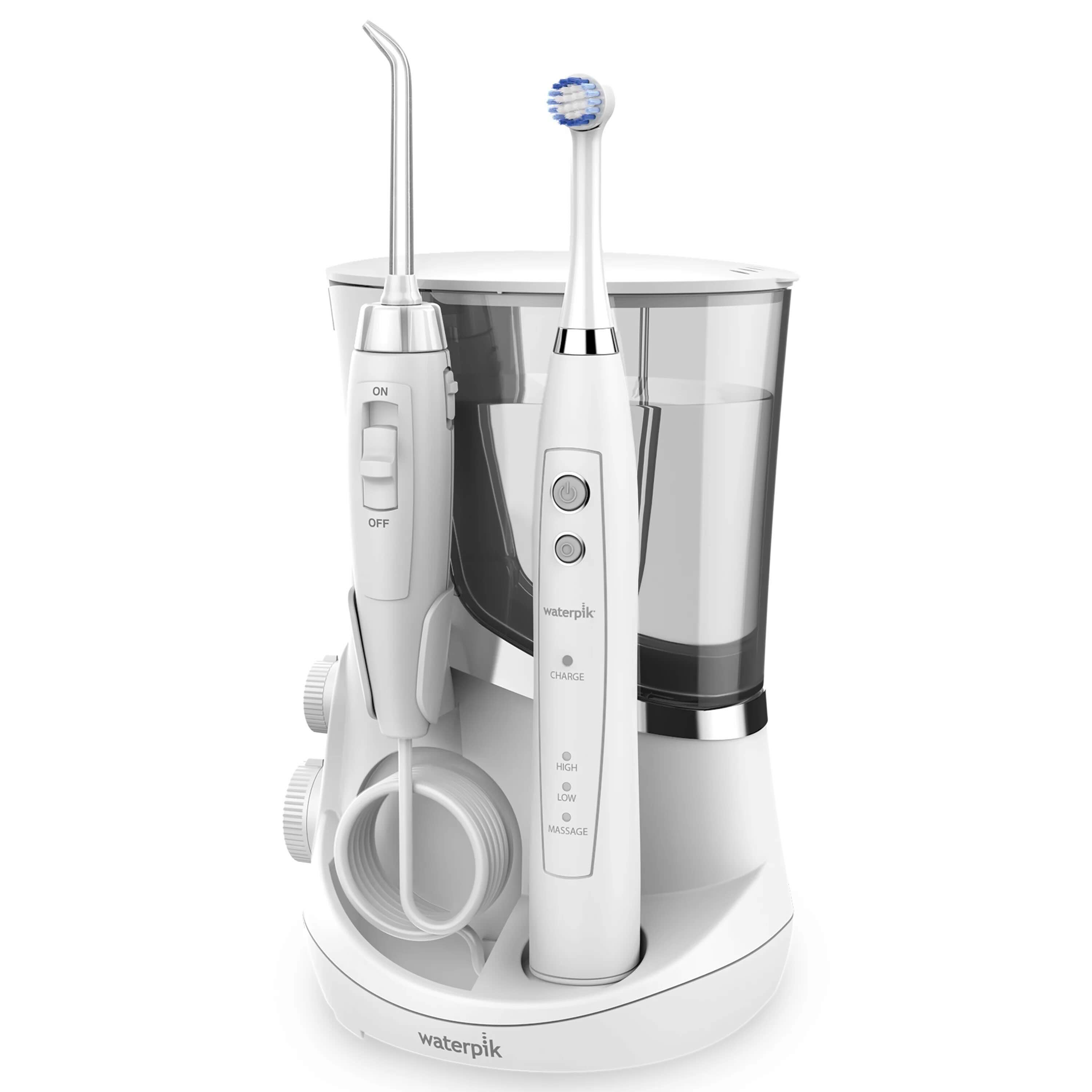
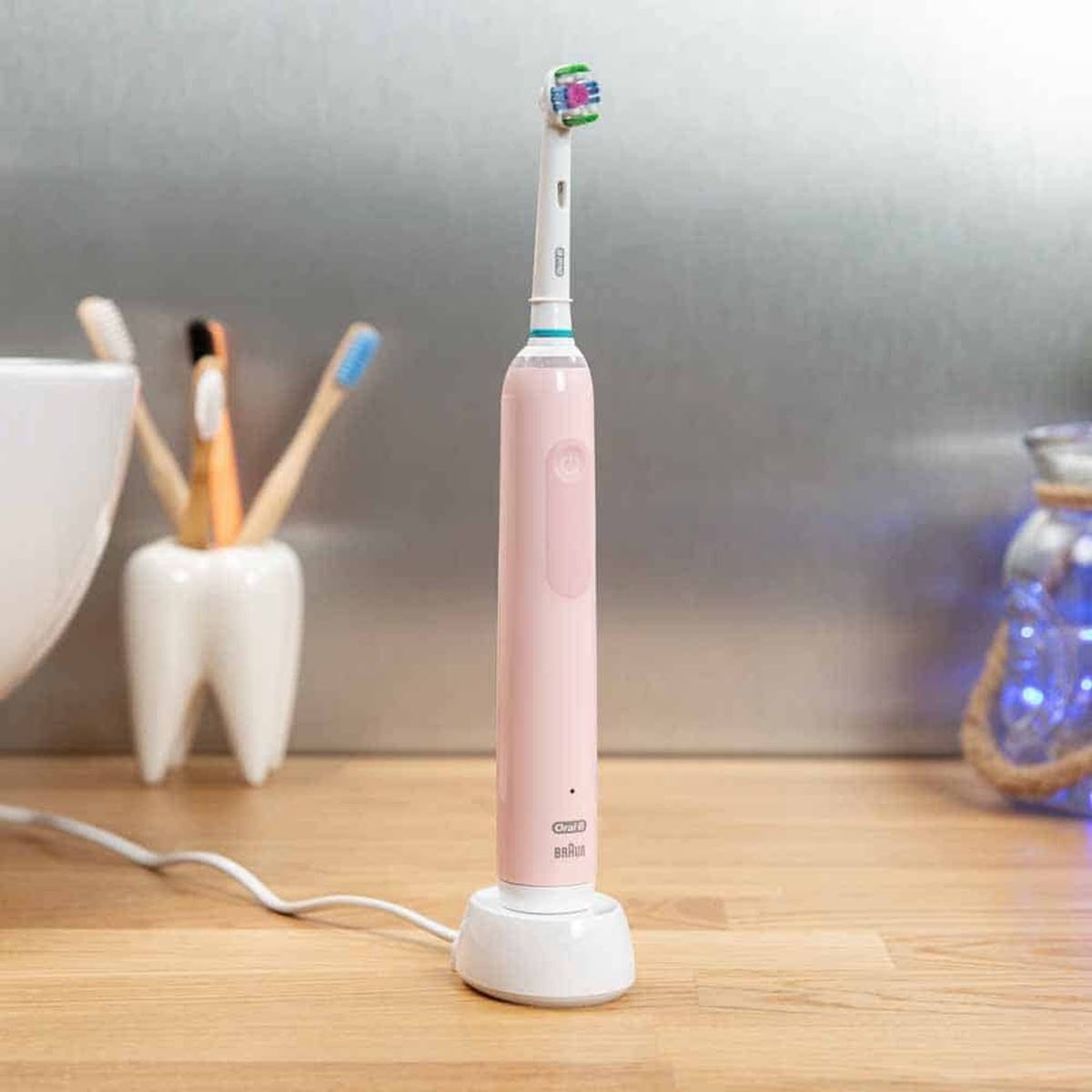

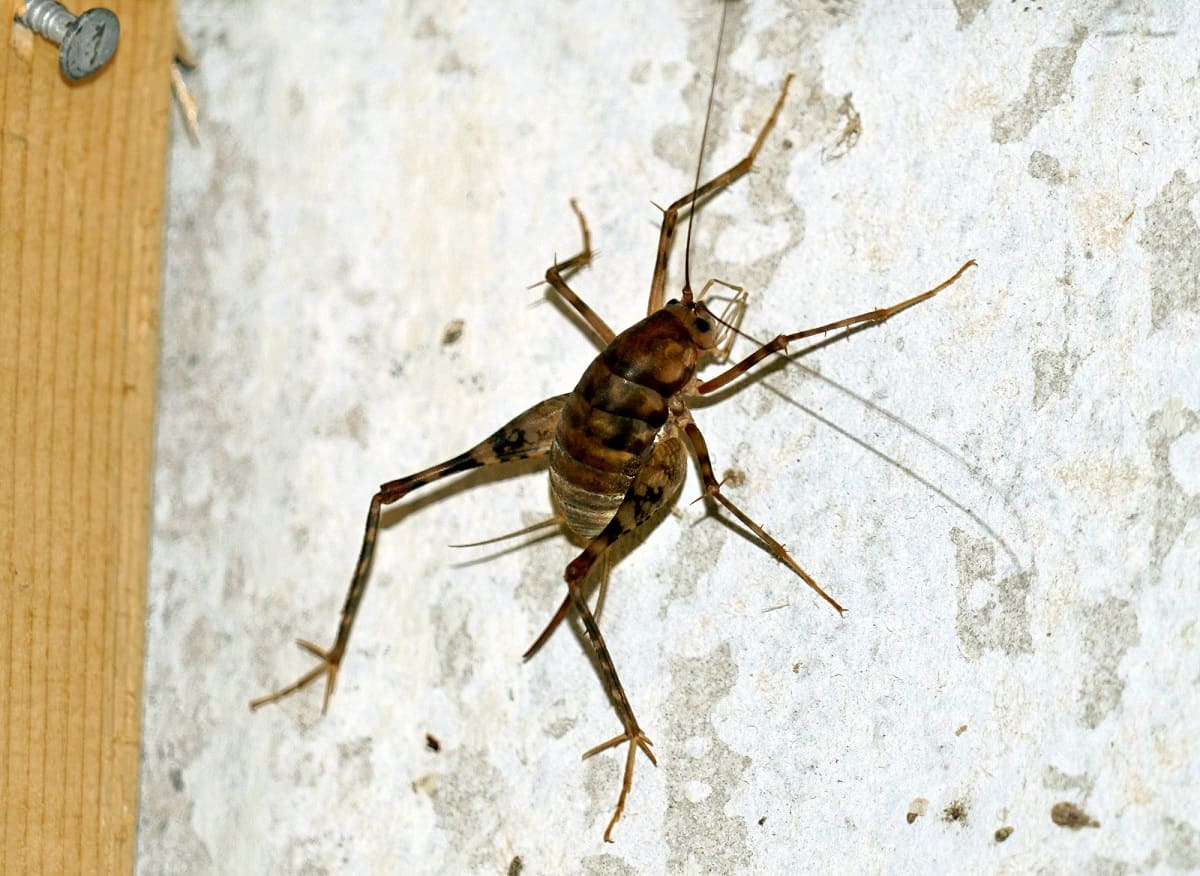


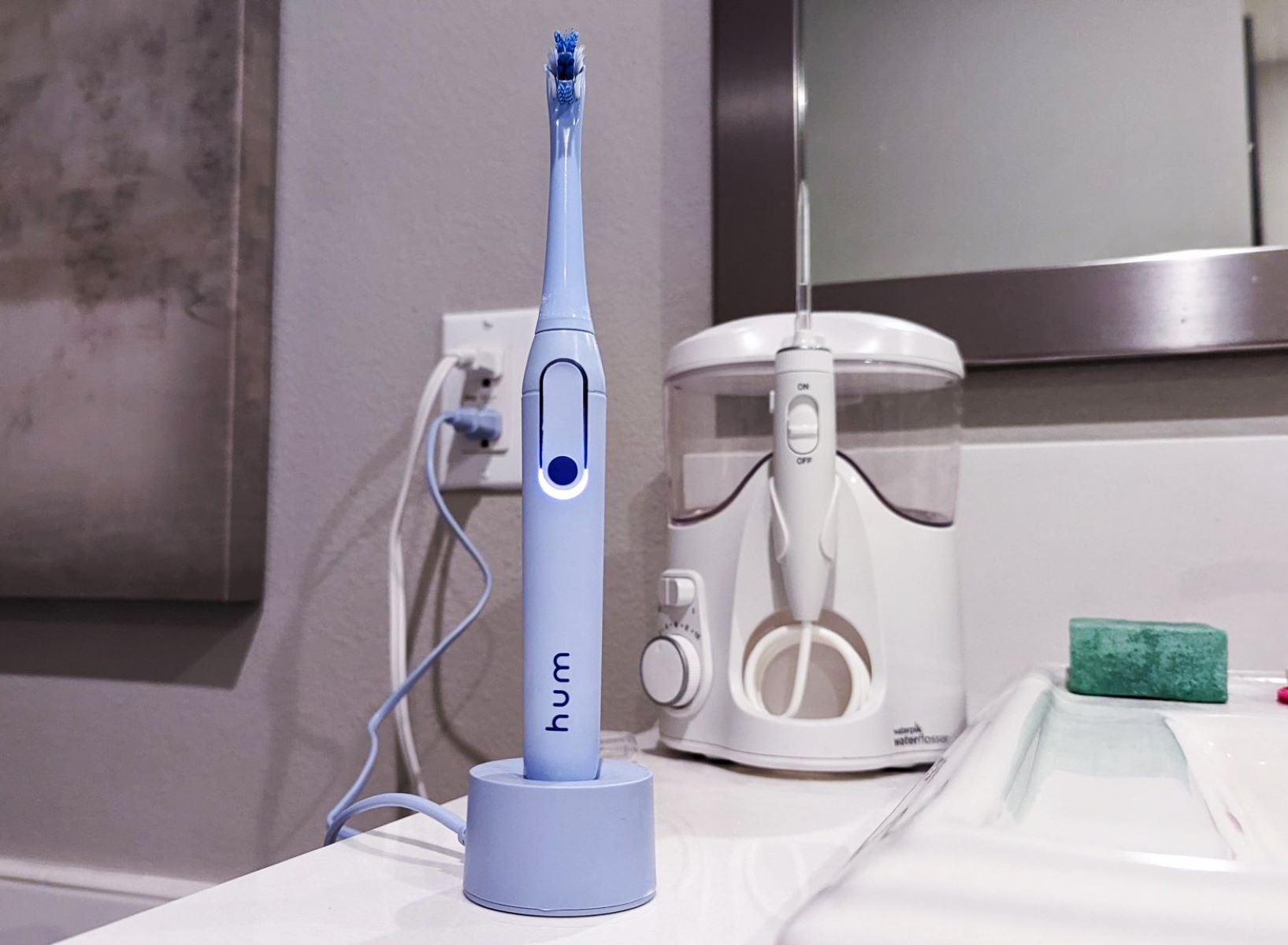
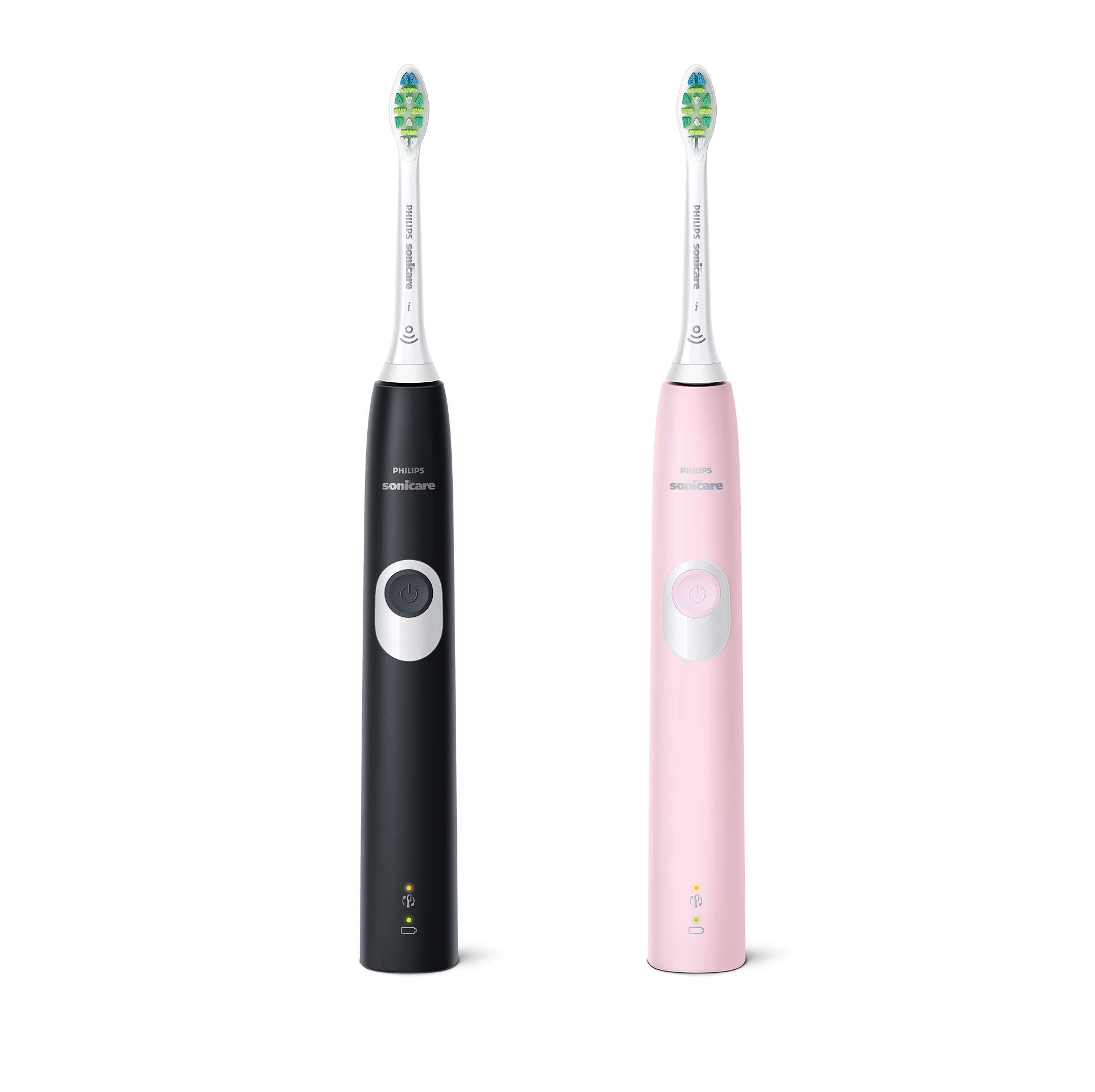
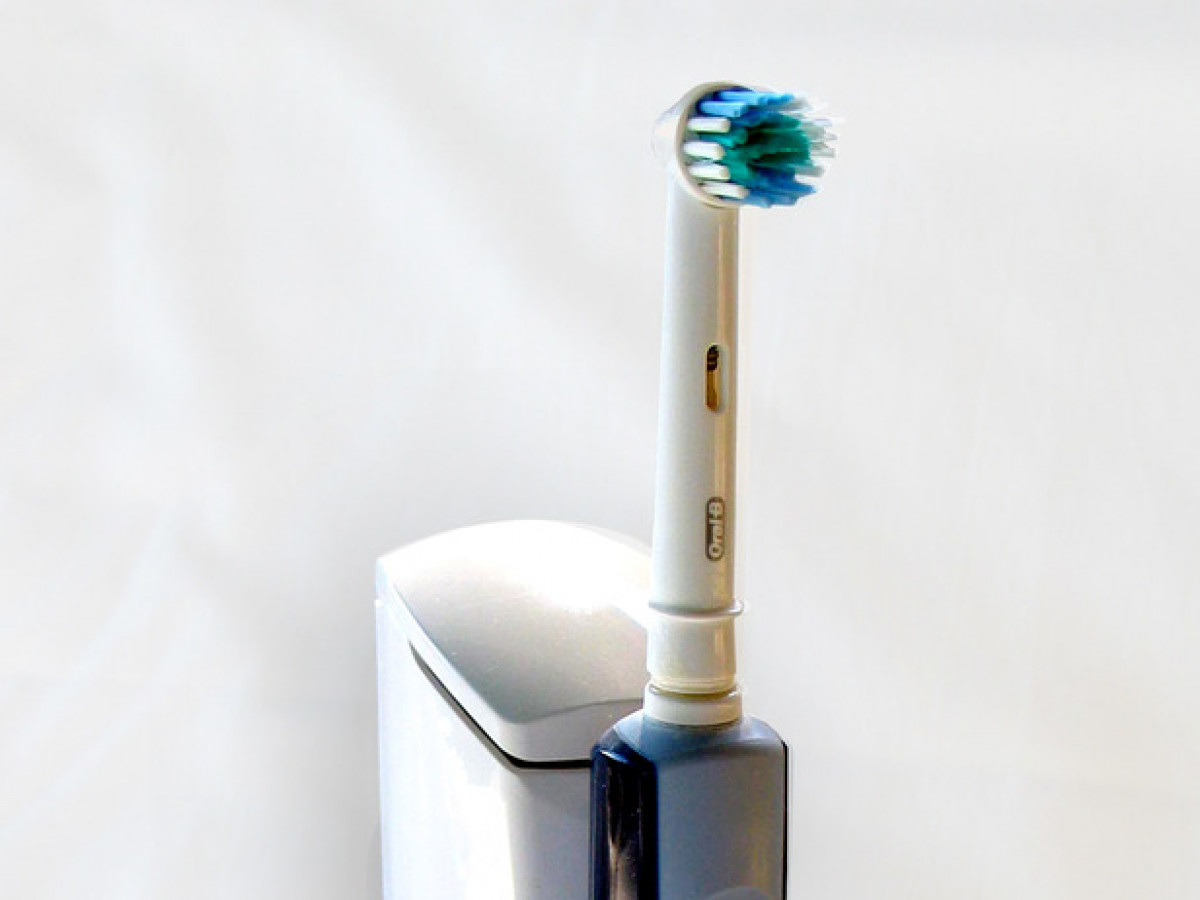
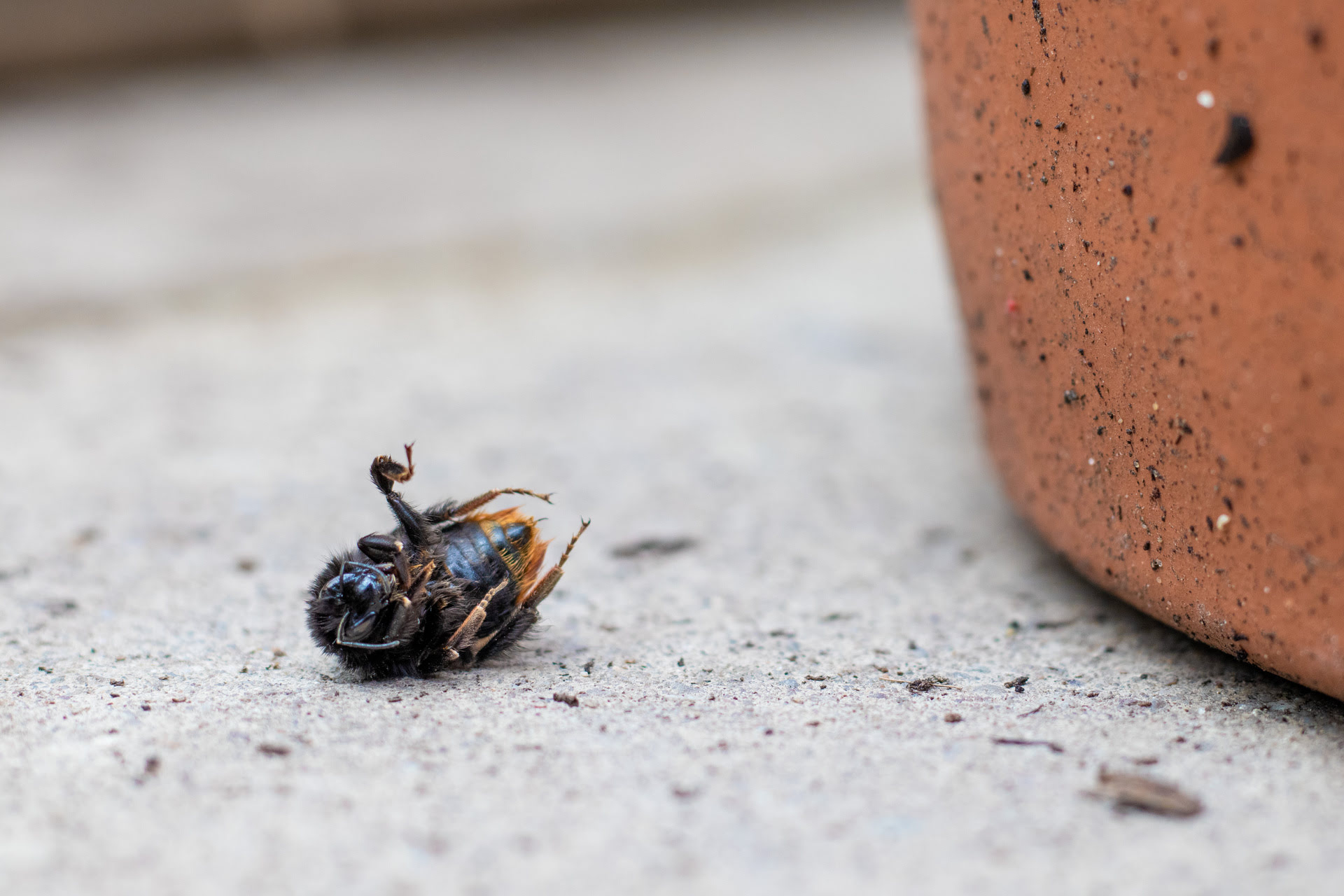
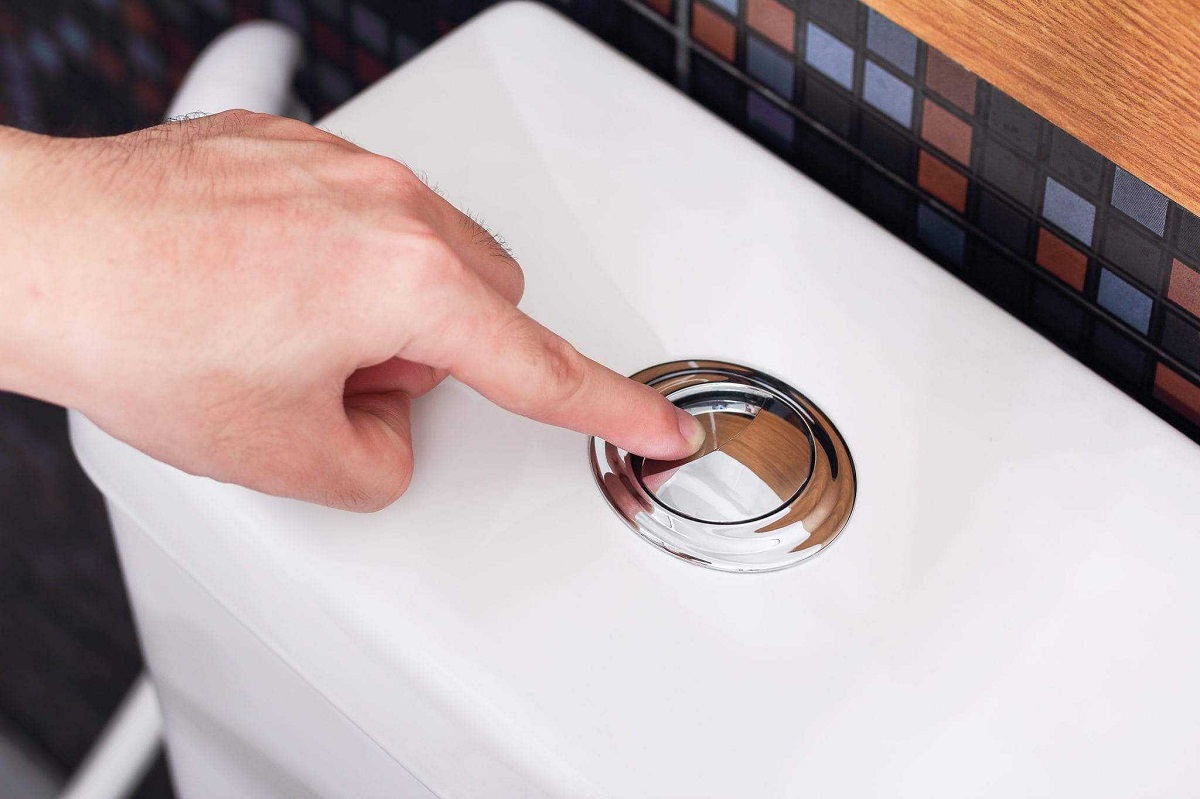
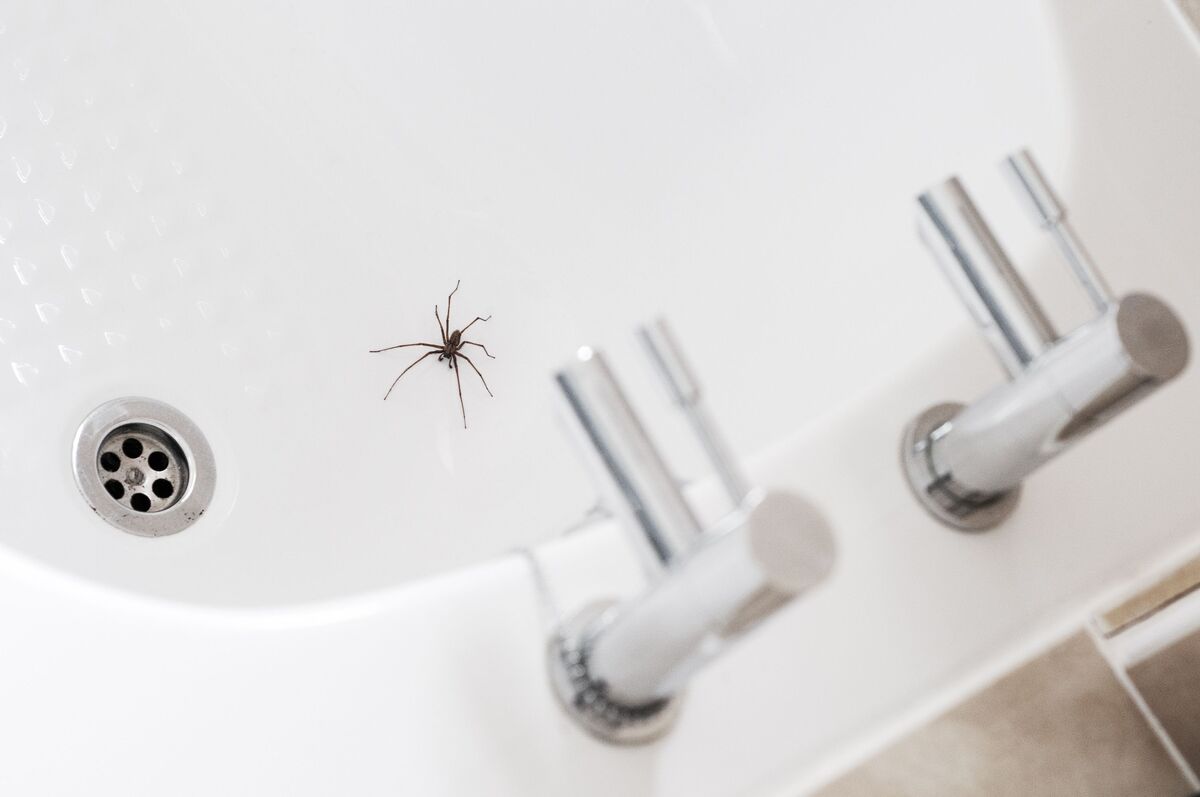


0 thoughts on “Why Do I Like Chewing On My Toothbrush”